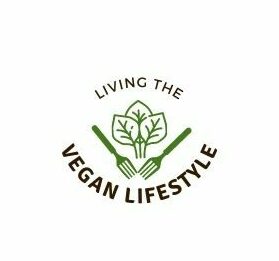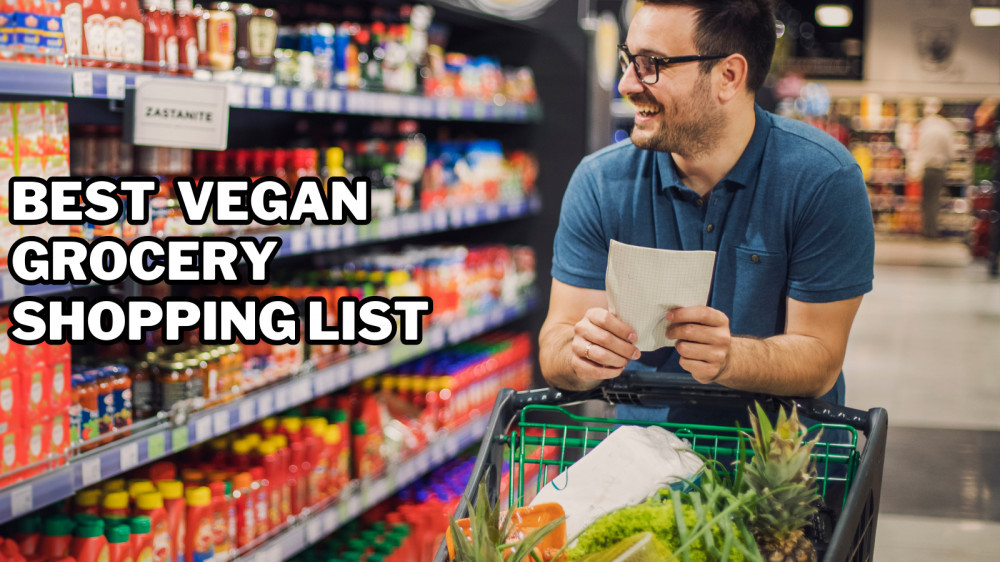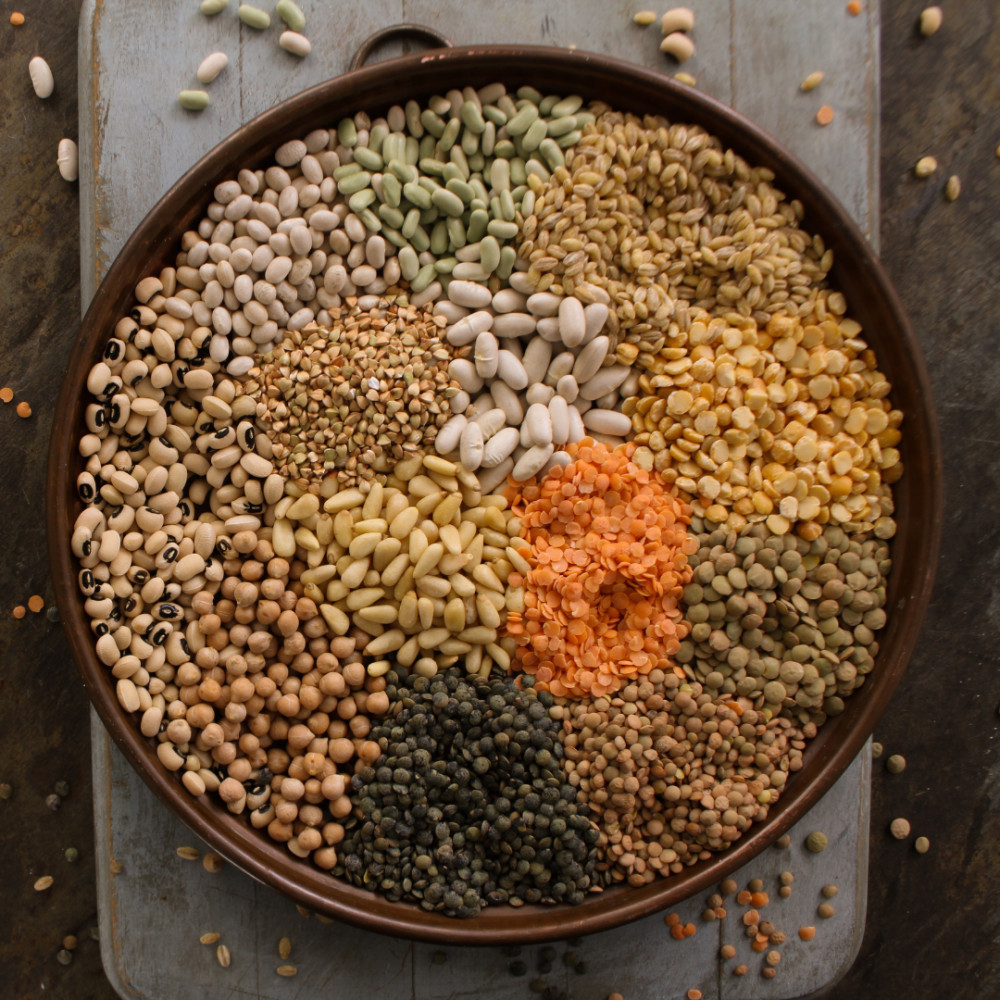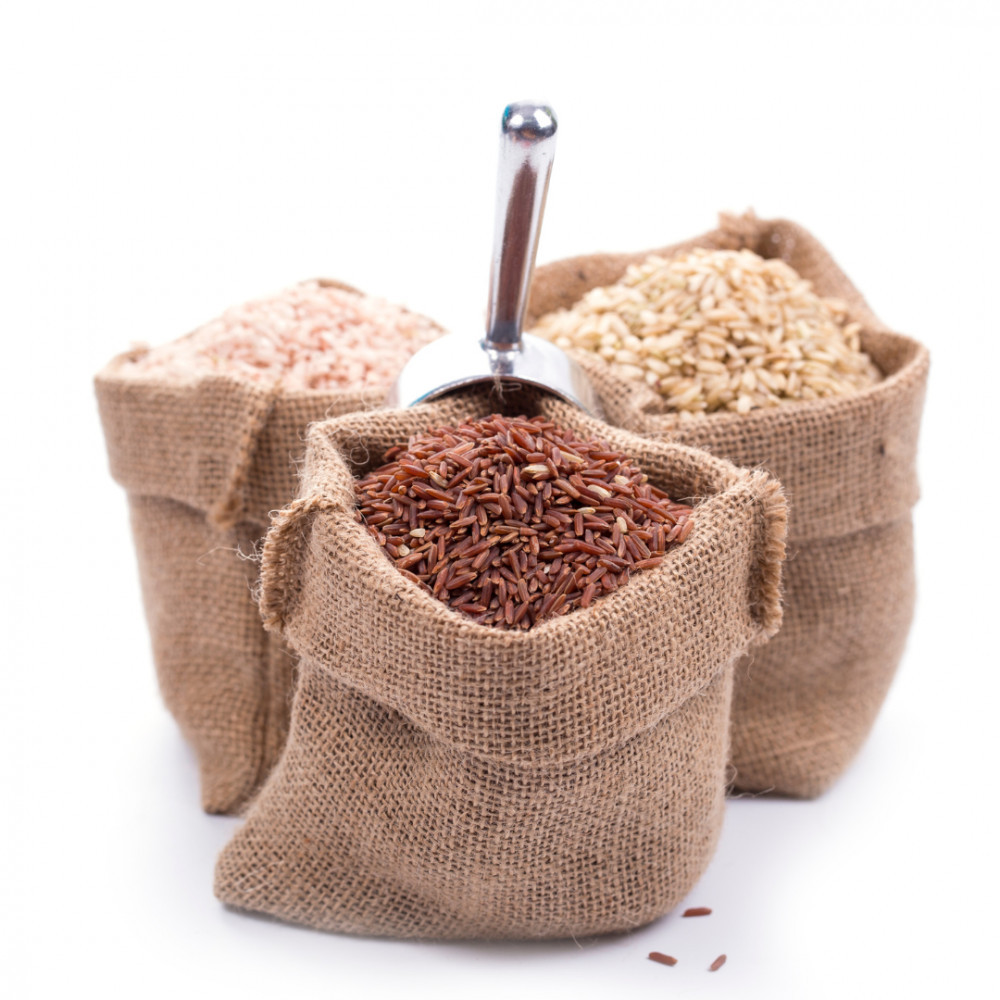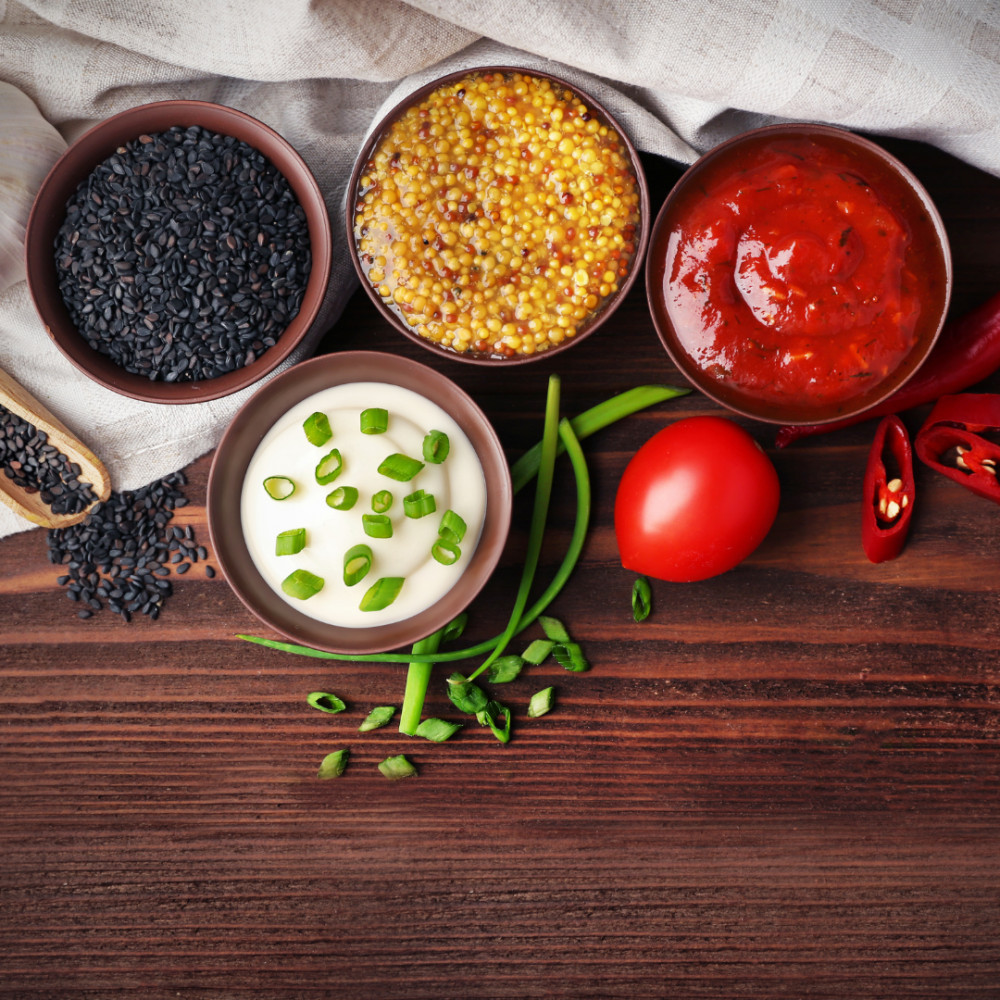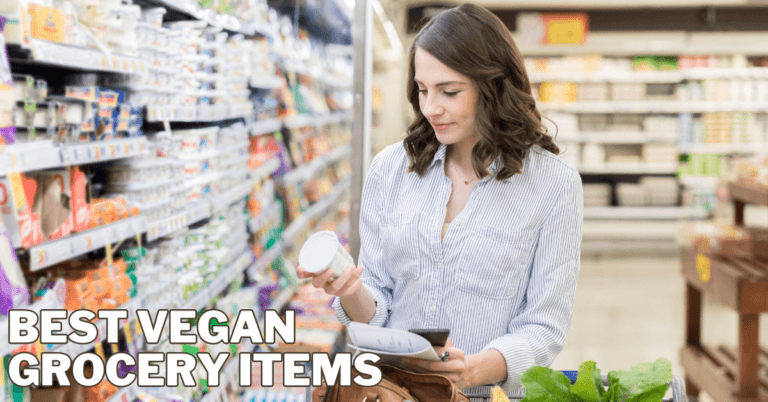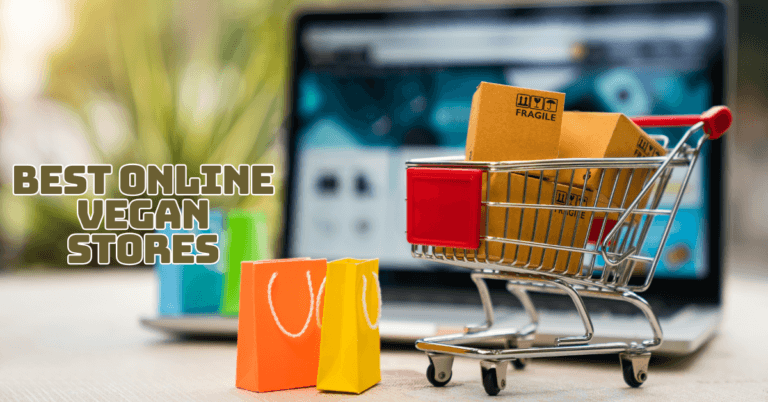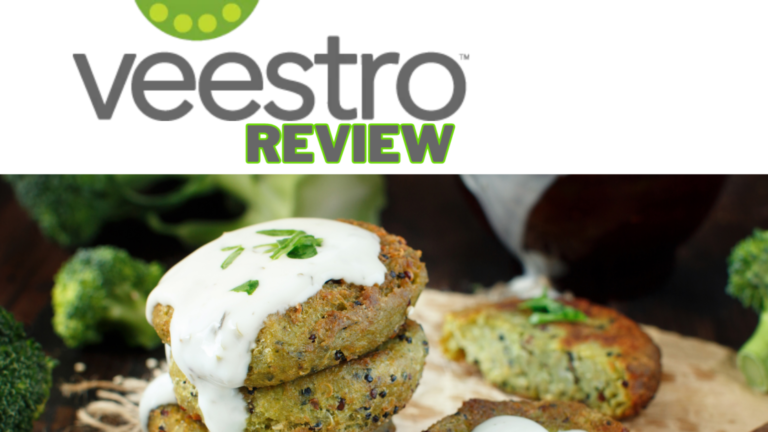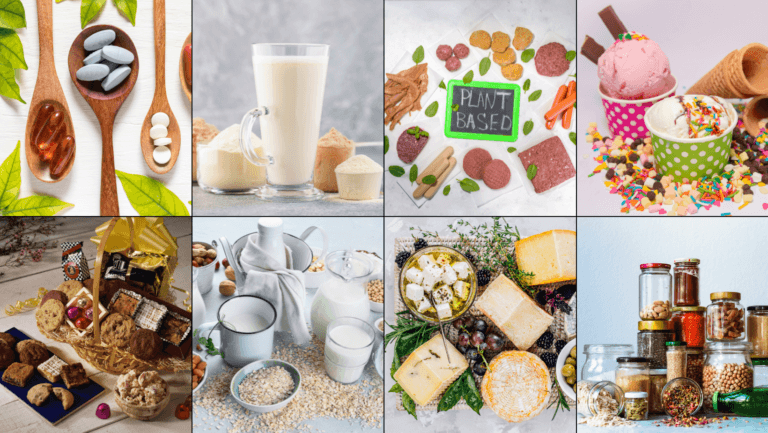Best Vegan Grocery Shopping List
Best Vegan Grocery Shopping List
Adopting a vegan lifestyle involves more than making conscious decisions about what to eat; it's a motivating journey toward sustainable living.
Equipping your kitchen with healthy and delectable vegan products is the first step to making nourishing meals that benefit your health, the environment, and animal welfare, whether you're a seasoned vegan or just beginning to learn about the advantages of a plant-based diet.
Prepare to embark on a culinary journey, learn about intriguing new ingredients, and appreciate the diverse world of vegan cooking.
This shopping list will serve as your go-to guide, ensuring that your kitchen is always stocked with everything you need to make nutritious and delectable vegan meals, whether trying to enhance your well-being or contribute to a more sustainable future. Explore the plant-based delights that are waiting by jumping in!
This article presents you with the ultimate vegan grocery shopping list, designed to help you confidently navigate the aisles and fill your cart with plant-powered goodness.
From fresh produce and pantry staples to vegan substitutes and flavour-enhancing ingredients, this comprehensive list will empower you to create a diverse range of nutritious and satisfying meals that celebrate the vibrant flavours of nature.
Key Factors To Keep In Mind For Your Vegan Grocery List
Here are a few vital factors to consider before beginning your vegan food shopping list. You can use the following aspects to guarantee that your vegan journey is sustainable and pleasurable in addition to assisting you in making educated decisions:
1. Balanced Nutrition
A well-planned vegan diet can give your body nutrients. To guarantee you obtain a variety of vitamins, minerals, protein, and healthy fats, include a variety of fruits, vegetables, whole grains, legumes, nuts, and seeds in your diet. A trained dietitian or nutritionist can assist you in developing a balanced and unique eating plan.
2. Read The Labels
It's important to read the ingredient labels carefully when purchasing packaged or processed goods. Be wary of components with animal origins, such as dairy, eggs, honey, and gelatin, or covert animal products like whey, casein, or albumin. Be cautious of additives like food colours (like carmine) or taste enhancers (like natural flavourings) that may be derived from animal sources.
3. Avoiding Cross-Contamination
If your ethical convictions have led you to adopt a vegan lifestyle, you might wish to consider the possibility of cross-contamination.
There is a chance of cross-contamination because some goods labelled “vegan” may be processed in places that use substances with animal origins. If this worries you, search for goods marked “certified vegan” or “made in dedicated vegan facilities.”
4. Seasonal And Local Produce
By selecting seasonal and locally grown fruits and vegetables, you can help out your community's farmers while ensuring that your food is always the freshest and tastiest.
5. Sustainability
Being a vegan involves more than just dietary decisions. When making purchases, consider the impact they will have on the environment.
For instance, choose items with less packaging, select pesticide-free or organic fruit when possible, and choose plant-based substitutes manufactured with sustainable components.
6. Individual Taste Preferences And Food Intolerances
Consider your individual food intolerances and allergies. Try various flavours, textures, and cuisines to find what best suits your palette and dietary requirements. There are many vegan options available.
7. Meal Planning
Make a list of all of your meals for the coming week before you go shopping. In addition to saving you time and money, doing this guarantees you have all the necessary items on hand. Consider researching vegan dishes, creating a weekly menu plan, and developing a shopping list based on those recipes.
8. Budget-Friendly Options
Veganism can be economical when concentrating on whole, unprocessed foods. Beans, lentils, grains, and seasonal produce are frequently affordable and adaptable ingredients.
Your budget might be stretched by choosing bulk purchases, going to farmers' markets, or thinking about frozen fruits and veggies.
9. Homemade vs. Convenient
Prioritize the amount of convenience on your shopping list. Vegan solutions that are pre-packaged can be practical, but they may also be more expensive and less healthful than homemade alternatives. You should balance buying prepared dishes and creating common ingredients like sauces, dressings, and snacks at home.
10. Vegan Substitutes
Look into the many vegan options for dairy, eggs, meat, and seafood. There are many possibilities to suit various tastes and culinary needs, ranging from plant-based milk, vegan cheeses, and tofu to seitan, tempeh, and legume-based meat substitutes. Though they can be used sparingly, remember that these alternatives are not essential for a balanced vegan diet.
11. Ethnic And International Cuisines
Incorporate the tastes and diversity of various cuisines into your vegan dishes to make them more exciting. Discover international plant-based cuisines like Ethiopian, Indian, Mexican, Thai, and Mediterranean foods.
Adding international foods and spices to your shopping list can broaden your horizons in the kitchen and add intrigue to your dishes.
12. Sustainability And Ethics
Making ethical and sustainable decisions are important aspects of veganism, in addition to concerns for one's health. Think about supporting businesses that share your principles, such as those that practice organic farming, fair trade, or strive for minimal environmental impact. When choosing products, watch for certifications such as USDA Organic, Fairtrade, or Rainforest Alliance.
Best Vegan Grocery Shopping List
Everyone finds it tiresome to go grocery shopping, so we always carry our reliable vegan shopping list when we visit the store or market.
Even if you are a seasoned vegan shopper and are familiar with the aisles, it is simple to become disorganized and end up with a cart full of unrelated things and a drab vegan pantry.
As a result, you can find yourself in a never-ending cycle where you keep turning to the same bland, fatty fast food because you don't have the vegan necessities to feel creative in the kitchen.
Here's a detailed vegan grocery shopping list that covers a wide range of essential ingredients and pantry staples:
1. Fruits And Vegetables
When selecting fruits and vegetables, choose organic options to minimize pesticide exposure. Also, remember to store them properly to maintain their freshness and nutrients. Enjoy incorporating these colourful and nutritious ingredients into your vegan meals!
Leafy Greens
- Spinach: Rich in iron, calcium, and vitamins A and C. Great for salads, smoothies, or sautéing.
- Kale: Packed with nutrients like vitamins K, A, and C and a good source of fiber. Perfect for salads, stir-fries, or baked kale chips.
- Arugula: Known for its peppery flavour, arugula is a nutritious leafy green that adds a refreshing taste to salads or sandwiches.
Cruciferous Vegetables
- Broccoli: High in fiber, vitamins C and K, and antioxidants. Enjoy steamed, roasted, or added to stir-fries and soups.
- Cauliflower: Versatile and low in calories, cauliflower can be roasted, mashed, or used as a grain substitute in dishes like cauliflower rice or pizza crust.
- Brussels sprouts: Rich in fiber and vitamin C. Roast or sauté them for a delicious side dish or add them to salads.
Root Vegetables
- Carrots: A great source of beta-carotene, vitamins A and K, and fiber. Enjoy raw as a snack, in salads, or cooked in stews and stir-fries.
- Potatoes: Versatile and filling, potatoes can be baked, boiled, mashed, or roasted. Opt for sweet potatoes for added antioxidants and fiber.
- Beets: Known for their vibrant colour, beets are packed with nutrients and can be roasted, boiled, or shredded into salads for a sweet and earthy flavour.
Bell Peppers
Bell peppers come in various colours, including red, yellow, and green. They are rich in vitamin C and add a crunchy texture and vibrant colour to salads, stir-fries, or stuffed pepper recipes.
Avocados
Avocados are rich in healthy fats, fiber, and vitamins C and E. They can be sliced, mashed, or blended into dips like guacamole or added to salads, sandwiches, and smoothies.
Berries
Strawberries, blueberries, and raspberries contain antioxidants, vitamins, and fiber. Enjoy them fresh, add them to smoothies, or use them in baking for a naturally sweet touch.
Citrus Fruits
Lemons, oranges, and grapefruits are fruits bursting with vitamin C and refreshing flavours. Use their juice or zest in dressings, marinades, and desserts, or enjoy them as a snack.
Apples
Apples are versatile fruit enjoyed independently or used in various recipes. They are a good source of fiber and provide a natural sweetness to baked goods, salads, or as a crunchy snack.
Bananas
Bananas are a great source of potassium and are perfect for adding natural sweetness and creaminess to smoothies, oatmeal, and baked goods or enjoyed on their own.
2. Legumes And Pulses
When cooking legumes, it's essential to soak them beforehand to reduce cooking time and aid digestion. Additionally, canned versions of these legumes are readily available and convenient if you prefer not to cook dried legumes from scratch. Incorporate these legumes and pulses into your vegan meals to add protein, fiber, and a delicious texture to your dishes!
Chickpeas
Chickpeas, or garbanzo beans, are versatile legumes in various cuisines worldwide. They are a great plant-based protein, fiber, iron, and folate source. Chickpeas can be used in salads, soups, stews, curries, hummus, and even roasted as a crunchy snack.
Lentils (Red, Green, Brown)
Red, green, and brown lentils are nutrient-dense legumes of various kinds. They are a great iron, folate, protein, and fiber source. Red lentils can be used in dals, soups, and stews since they cook rapidly and become soft.
Cooked green and brown lentils maintain their shape and taste great in salads, side dishes, and vegan burgers in place of meat.
Black Beans
Latin American and Caribbean cuisines frequently feature black beans. They include high folate, fiber, protein, and other minerals. In addition to filling for tacos and burritos, black beans can be added to soups, stews, salads, veggie burgers, and other dishes.
Kidney Beans
The kidney-shaped legumes known as kidney beans are frequently added to salads, stews, and chilli. They are an excellent iron, protein, fiber, and antioxidant source. Additionally, kidney beans may be mashed and used as a base for vegan spreads and dipping sauces.
Cannellini Beans
White kidney beans, commonly called cannellini beans, are creamy in texture and mild in flavour. They are multipurpose legumes in salads, soups, and pasta dishes typical of Mediterranean cuisine. Mashable cannellini beans can be a foundation for spreads, dips, and vegan sandwich fillings.
Pinto Beans
Typical uses for pinto beans in Mexican and Southwestern cooking. They are stocked with vital minerals, fiber, and protein. Pinto beans can be added to soups, salads, refried beans, chilli, and burritos.
3. Whole Grains
As well as adding texture, flavour, and healthy deliciousness to your vegan meals, these whole grains have several nutritional advantages and can be used in various recipes. Try a variety of grains to add a mixture to your diet and benefit from the health advantages that grains offer.
Quinoa
The entire protein in quinoa comprises all nine necessary amino acids. It is a good source of iron, magnesium, fiber, and vitamins. Quinoa is a terrific substitute for rice because of its nutty flavour and somewhat chewy texture, which make it a fantastic salad and grain bowl basis.
Brown Rice
Due to the bran and germ layers still being there, brown rice is a whole grain and has a higher fiber, vitamin, and mineral content than white rice.
It is a fantastic energy source and supplies necessary elements, including manganese, selenium, and magnesium. As a side dish or filler, brown rice can be used in rice bowls, stir-fries, salads, and stuffed vegetables.
Oats
Oats are a healthy grain recognized for their high fiber content and beta-glucan, a soluble fibre with several health advantages.
They are a fantastic source of protein, complex carbs, and crucial minerals like manganese and phosphorus. Oats can produce oatmeal, overnight oats, granola, energy bars, smoothies, and baked products.
Whole Wheat Pasta
Compared to normal white pasta, whole wheat pasta has a higher fiber and nutritional content because it is manufactured from whole wheat flour, which still contains the bran and germ layers.
It has plenty of protein, minerals, and complex carbs. Various pasta recipes, such as marinara sauces, pesto, or sauces made with vegetables, can be made using whole wheat pasta as the foundation.
Barley
With a mildly chewy texture and nutty flavour, barley is a versatile grain. In addition to vitamins and minerals like selenium and manganese, it is a good source of fiber. Barley can be added to salads, risottos, soups, stews, pilafs, and risotto dishes.
Buckwheat
Technically speaking, buckwheat is a pseudocereal rather than a grain. It is devoid of gluten and high in fiber, minerals, including manganese and magnesium. Buckwheat has a distinctive nutty flavour and is frequently ground into flour for pancakes, soba noodles, and as the foundation for grain salads.
Millet
Fibre, B vitamins, and minerals like magnesium and phosphorus are all abundant in millet, a grain devoid of gluten that is also simple to digest. Cooked, it has a fluffy texture and a mild, faintly nutty flavour. In addition to being a side dish, millet can also be used in pilafs, porridge, and baking.
4. Condiments And Sauces
The flavours of your vegan foods will benefit greatly from adding these sauces and condiments. Your nutrition may benefit from their added depth, tanginess, creaminess, or spice. To suit your tastes, experiment with various pairings and serving sizes.
Tamari Or Soy Sauce
Tamari is a gluten-free soy sauce substitute, but it's important to read the label to determine if it's required. Tamari or soy sauce can be used as a dipping sauce, marinade, dressing, or to provide a salty and umami flavour to food.
Tahini
Tahini is a paste created from mashed sesame seeds. It is a crucial component in many Middle Eastern dishes and is used to make creamy dressings, hummus, dips, and sauces.
Mustard (Dijon, Whole Grain)
Dijon and whole grain mustard, in particular, impart a tangy, savoury flavour to food. It can be added to marinades, salad dressings, sandwich spreads, wraps, and vegetarian burgers as a topping.
Salsa
Salsa is a sauce from tomatoes, onions, chilli peppers, and numerous seasonings. It gives food a vivid, fresh flavour and is frequently used as a dip, a topping for tacos and nachos, or as a condiment for Mexican-inspired cuisine.
Sriracha
Sriracha is a hot chilli sauce first produced in Thailand. It can be used as a condiment for Asian-inspired meals and in stir-fries, marinades, and seasonings to give food a spicy kick and acidic flavour.
Vegan Mayonnaise
Vegan mayonnaise is a plant-based substitute for conventional mayonnaise, commonly produced from egg yolks. It adds a creamy and sour flavour to sandwiches, salads, and sauces and can serve as the foundation for vegan aioli or spreads.
Conclusion
A wholesome and delicious plant-based diet requires a well-rounded grocery list, so sum it up. Legumes and pulses supply plant-based protein and fiber, while fruits and vegetables offer vitamins, minerals, and antioxidants.
Condiments and sauces give your meals taste and depth, while whole grains are a fantastic source of complex carbohydrates. Dairy products can be substituted with plant-based milk and yogurt, ensuring your recipes have creamy, flexible options.
Consider your dietary requirements and preferences when making your vegan grocery list. There are numerous possibilities to meet your needs, whether searching for gluten-free options, trying new cuisines, or looking for particular nutritional benefits.
Properly arranging your grocery shopping list ensures you have various products to produce tasty and nourishing vegan meals throughout the week.
Embrace the advantages of a plant-based lifestyle that supports your health and the welfare of animals and the environment by experimenting with new foods and recipes. Happy food shopping, vegans!
I trust you enjoyed this article about the Best Vegan Grocery Shopping List. Please stay tuned for more blog posts to come shortly. Take care!
JeannetteZ
>>>Want To Learn How To Create Delicious, Cruelty-Free, Healthy AND 100% Vegan Meals? Try These Awesome Vegan Cooking Courses With A Free 7-DAY MEMBERSHIP<<<
Your Opinion Is Important To Me
Ideas? Thoughts? Questions? I would love to hear from you. Please leave me your questions, experience, and remarks about the Best Vegan Grocery Shopping List article in the comments section below. You can also reach me by email at Jeannette@LivingTheVeganLifestyle.org.
Disclosure
This post may contain affiliate links. I earn from qualifying purchases as an Amazon Associate and other affiliate programs. Please read my full disclosure.
Here are links to some of my favourite articles:
Best Vegan Budget-Friendly Meals
Best Vegan Cottage Cheese Recipes For Your Kids
Best Vegan Parenting Tips For Raising Vegan Kids
Most Delicious Vegan Keto Snack Recipes
